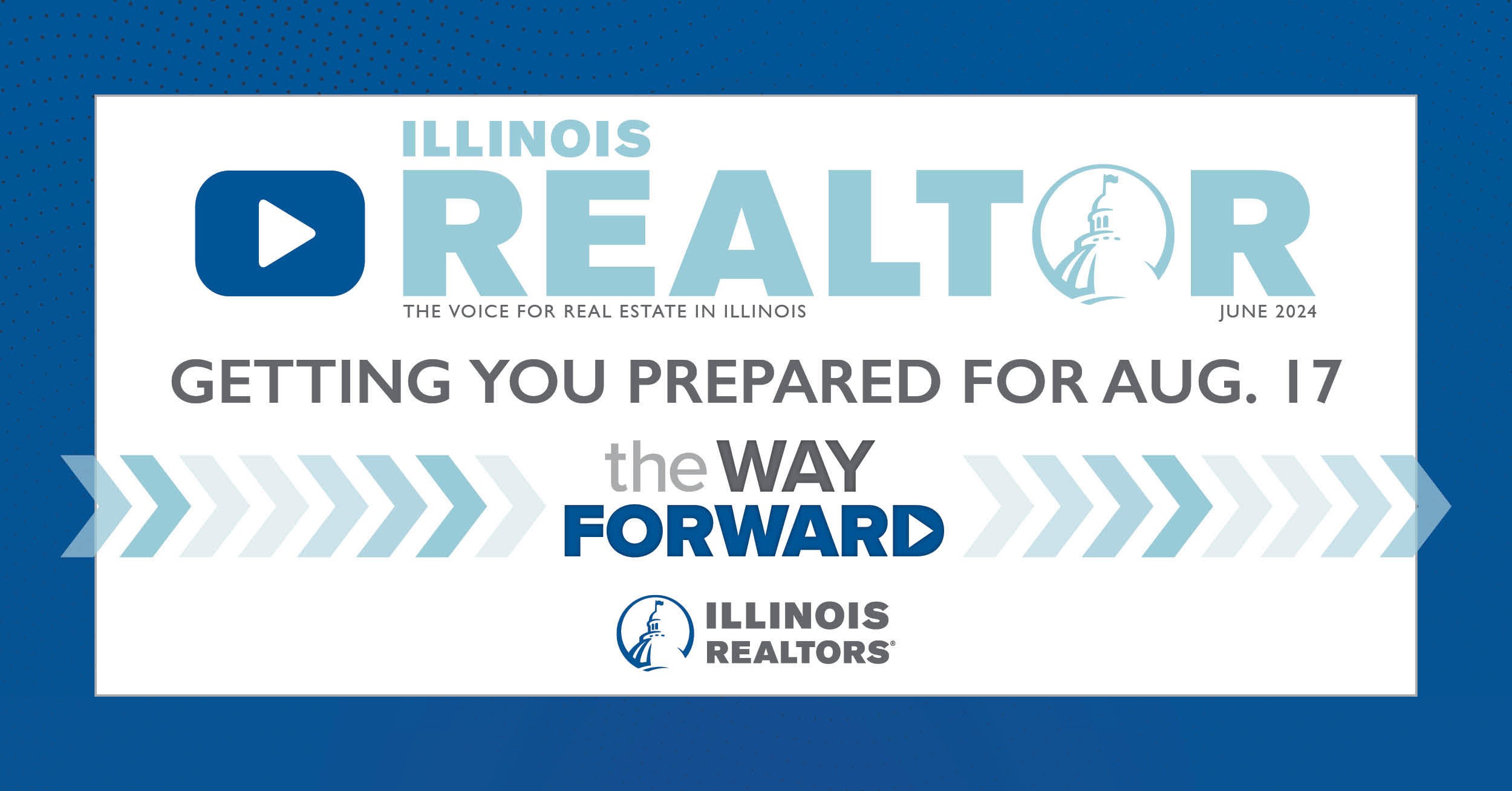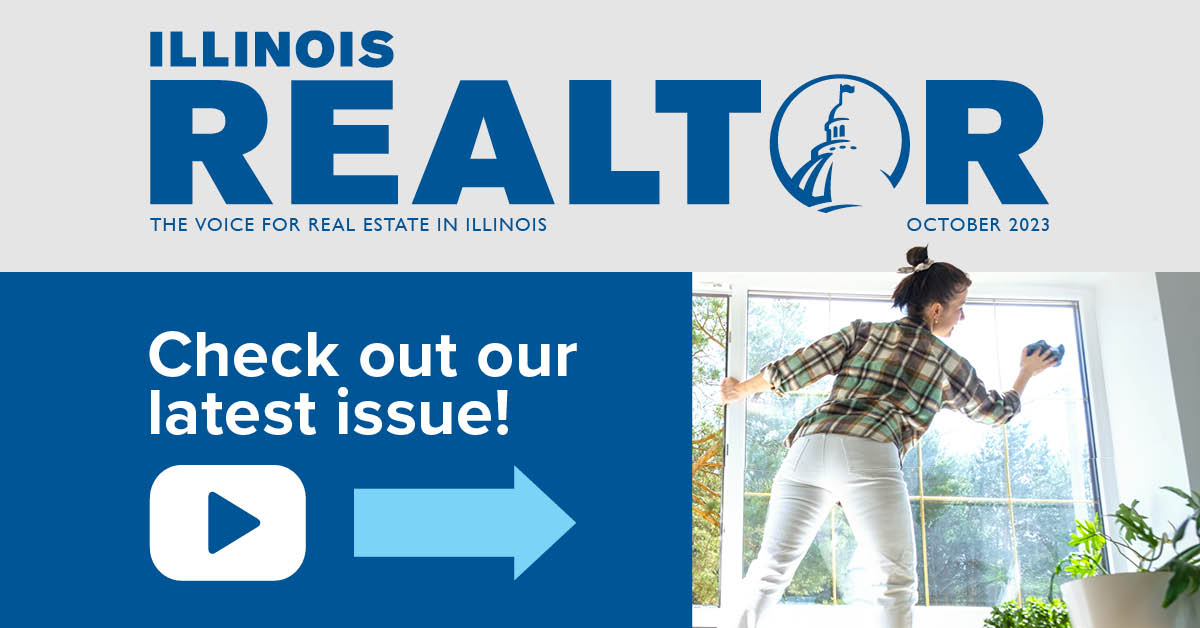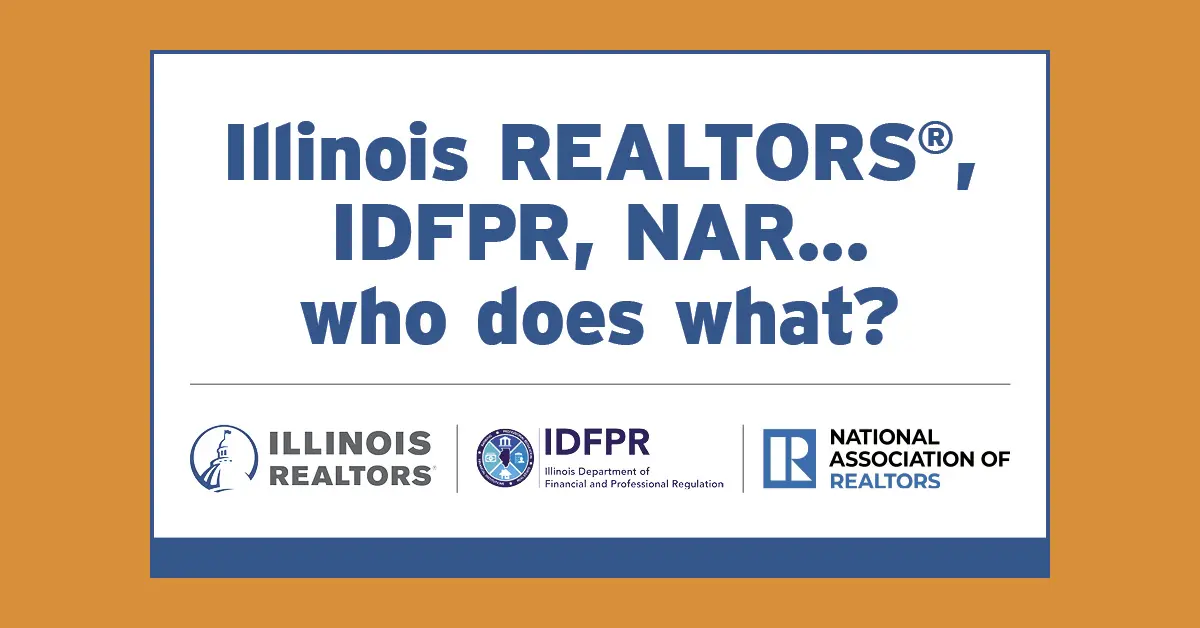Like most REALTORS®, Gloria Lin has seen it all. Whether it’s the clients, the other agent in a deal, the lender, appraiser or whoever else REALTORS® work with every day, a variety of personalities, idiosyncrasies, emotions and problems show up.

Developing the skills to comprehend various personality characteristics can help win over even the toughest client.
“I am adaptive and optimistic,” says Lin, designated managing broker at 5i5j Realty, Buffalo Grove. “These personality traits are very helpful in guiding my clients through the stressful life transitions that go hand-in-hand with real estate transactions such as a new job, new school, marriage, divorce or financial changes.”
The people who make Lin count to 10 are those “who are impulsive and quick to jump to a negative conclusion and attack viciously without considering all sides of the situation.”
Whatever personality types REALTORS® encounter in the office, at a showing or at a closing, mastering strategies to handle them all can take someone from failure and frustration to success.
Learn personality types to better serve clients
For 37 years, David Anderson ran several companies.
“But in order to be successful, you have to educate yourself and get engaged with those in the company,” says Anderson, principal at David A. Anderson Business and Executive Coaching, in Bartlett, Ill., and Nashville, Tenn. He serves as a coach, speaker and DISC expert.

He discovered DISC years ago and it has helped him understand where people are coming from based on their personalities. DISC is a behavior self-assessment tool originally based on the emotional and behavioral theory of psychologist William Moulton Marston in 1928. It centers on the personality traits: dominance, influence, steadiness and conscientiousness.
“The more I learned how people function, the better I became as a leader,” he says. “Communication is the most important thing we do or don’t do. DISC can help you understand yourself as well as others, and then put it all together. You can better articulate what’s on your mind.”
Although it may seem difficult to identify people’s DISC styles initially, Anderson says he can figure them out after short conversations. Once you understand them, you can change your own communication style to get a lot more done. But he warns his clients that situations and settings can influence behaviors, too.

Here is an overview of how each of the DISC personalities comes across, and the good and bad of each, Anderson says:
Dominance – Direct, results-oriented, firm, strong-willed, forceful, rational. “They can be demanding but also are bottom line people,” he adds. Only 10 percent of people are high Ds. The way to communicate with them is to present only meaningful facts such as, “Here’s what the market is telling us. They are not very emotional people.” They want to get the bottom line and get there fast.
Influence – Outgoing, enthusiastic, optimistic, high-spirited, inspiring. About 25-30 percent of people are in this category. “These are people persons,” Anderson says. “They want to have a party and are the most prolific. When you have a conversation with them, you can sense what type of persons they are pretty quickly. They want to chat all day.”
Steadiness – Even-tempered, accommodating, patient, humble, tactful. “They can be reserved, but relationship-driven.” About 30-35 percent of people have this personality style.
Conscientiousness – Analytical, reserved, precise, private, systematic. “The C person wants everything. They can be overly conscientious. They can be calculating, but very competent,” he states. They like to know what’s expected and will not make a decision unless they know they are right. “They are the toughest to deal with. They don’t trust anybody. They want all the facts.” Only 20-23 percent of people are Cs.
“If you observed me in a business setting, I’m a very D person – very determined. If you put me in a social setting, I’m really on the Influence side, I like to be an influencer and inspire others, and I want people to like me,” Anderson comments.
Build trust and keep it simple
Recently, Joe Doolin worked with a very high-maintenance person.

“I try to treat everybody the same, and you go into that mindset no matter who is your client,” says Doolin, a broker at Brinkoetter Realtors, Decatur. He also serves as president of the Central Illinois Board of REALTORS®.
When he works with someone who becomes demanding or unyielding, he breaks down the steps it takes to sell or buy a home.
“I tell them they hired me for a reason and hired me to take the emotion out of it. There are a ton of emotions rolling around when buying or selling,” he adds.
He just reiterates when they get out of control that they hired him to help them through this and make good business decisions. But you also have to understand where that person is coming from. Common sense has to play a big part when it comes to real estate, he states.
“I just keep it as simple as I can, and at the same time, I listen to that client and see where I need to go to gain their trust,” he states.
Margaret Giffin worked in journalism, public relations and marketing, and then learned to love rehabbing homes. She dealt with a lot of different personalities in those adventures. When she became a REALTOR®, she wanted to bring a concierge-type of service to help people with staging, marketing and getting the best price for their homes. She stages their homes and brings in others to make repairs.

“I get to know my clients and understand their motivations, what they like and what they don’t like,” says Giffin, co-founder at Ellyn & Marin Your Home Concierge Team, Keller Williams, Premier Properties, Glen Ellyn. “To help our clients out, I always have a guy for something, when they need a connection such as a painter or landscaper.”
But making connections with others can be difficult or time-consuming, especially when she has to chip away at armored facades.
She recently had clients who had a way of working themselves into a frenzy and blaming others when things weren’t working out and the contract fell through.
“Sometimes, people just need someone to blame. I don’t want to work with people like that,” she says.
“Sometimes, people can be impossible,” Anderson adds. “When you feel the value of the relationship has left, that’s the time to pull the plug. No one likes to walk away from business. But all business isn’t good business.”
If you are spending so much time with one client because of their obsessions or needs, “it makes sense to move on,” he says.
Helpful tips in working with different types of clients:
- Take the emotion out of it – “I can’t get overly invested,” Doolin emphasizes. When he began his real estate career in St. Louis, one of his trainers kept reiterating to take the emotion out of situations. “That’s what helps me through the hard conversations.”
- Remember it’s not about you – Lin needs all her patience when people quickly become negative. “I have to remind myself that it’s not about me and don’t take things too personally. They are probably going through a tough moment.”
- Take a deep breath – “Some clients have a lot of anxiety and may have never experienced it before,” adds Giffin. They wonder where are they going to go? Where will they get more money to buy the house of their dreams during a bidding war? Sometimes, the best thing to do is to remain calm and be your client’s anchor among the turmoil.
- Give everyone a fair shake – If you go into a situation with a notion that this person will be hard to work with, ultimately they will be hard to work with, Doolin says. “So, give everyone a fair shake. When I get the hard deals on my desk, if I go into a defensive mode, they will get defensive. Treat everyone fairly.”
- Be extremely flexible in your time and efforts – “I feel some REALTORS® are too rigid in their boundaries with clients and maybe they aren’t as successful. It isn’t a 9 to 5 job,” Giffin says. Yes, you can create a schedule and plan to eat dinner with your family each night. That may not work out all the time, but it can a majority of the time. Some of your clients will be more needy and anxious. Give them boundaries, but sometimes you can ease those slightly to accommodate the more anxious.
- Learn how to communicate with certain personality types – “I communicate the process and understand their expectations,” Lin states. “I have to be mindful to adjust and modify according to how they respond.” Whether they want texts daily or only when something new happens, then it’s up to me to adjust to their preference and personality style, she says.

About the writer: Lee Nelson is a freelance writer in Illinois.
She can be reached at [email protected]

















